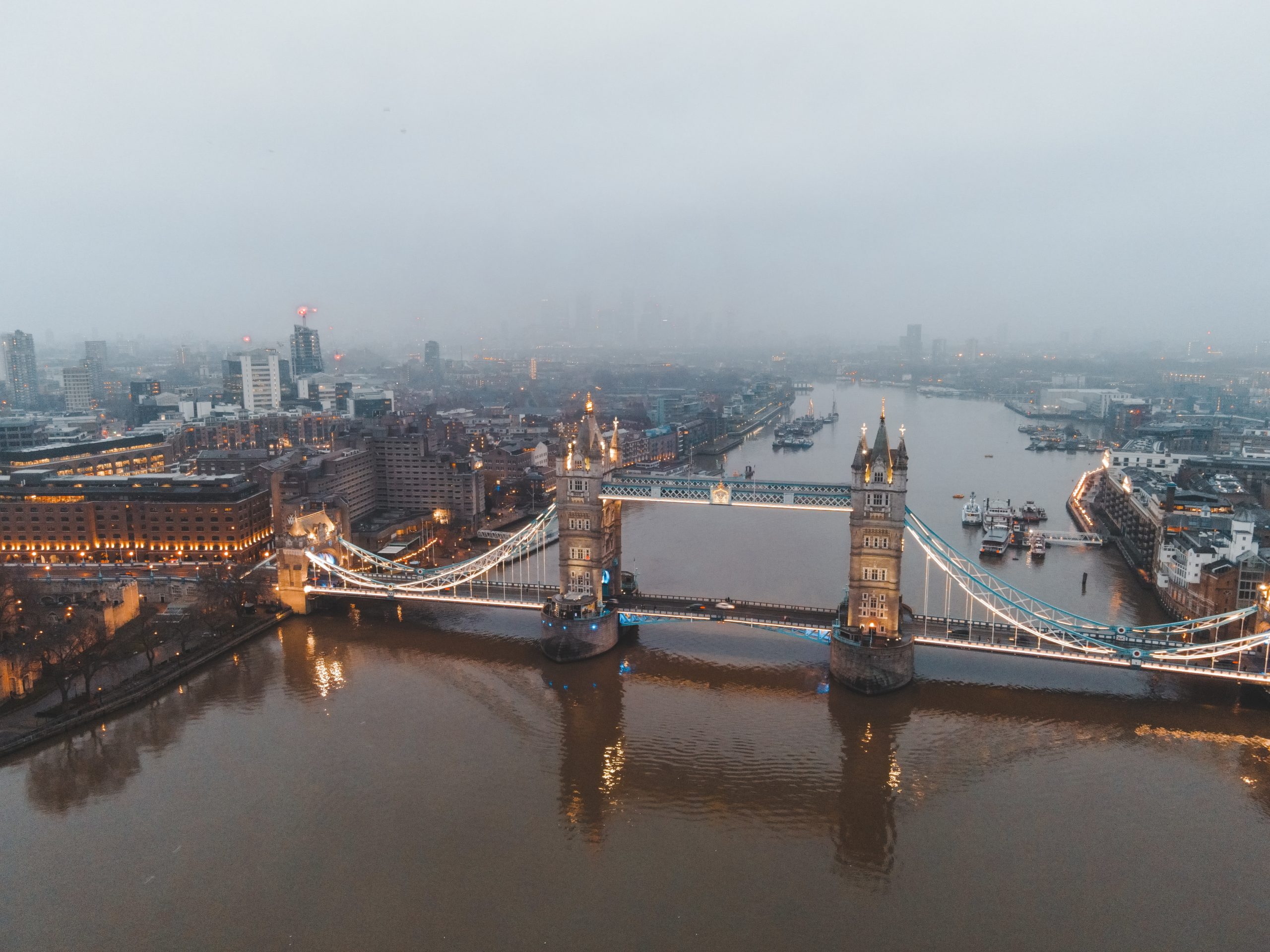In Meet the ‘Stans Christopher Jones provides an entertaining introduction to the five Central Asian countries that became independent following dissolution of the Soviet Union. The thirty-something New Zealander is a congenial guide. He ticks off all of the major tourist sights as well as experiencing places where few visitors venture.
The first fifty pages provide a breathless overview of several millennia of Central Asian history. Jones takes us through the highs and lows of contributions to knowledge and brutal military campaigns, ending with acknowledgment that the truth is often different from the “facts”. This is an appropriate warning that Chinggis Khan and the pax mongolica were not as bad as their popular image, although for Jones Tamerlane is clearly beyond the pale (“evil incarnate” and “the most appallingly violent man in the history of humanity”) despite the grandeur of his architectural legacy. Beyond the simplifications inherent in a brief history, the author maintains an attractively open mind, observing in the final chapter that “misconceptions are there to be broken”.
Jones’s journey begins in Kazakhstan with visits to Almaty, Nur-Sultan (or Astana as it was before 2019), Shymkent, Turkestan and Aktau. In Uzbekistan, the journey starts in Tashkent before taking in the Big Three historical sites of Samarkand, Bukhara and Khiva. The accounts are based on present-day reality interspersed with a nice mixture of historical background and personal experiences that often involve alcohol as a lubricant for bringing in some local characters.
Apart from having read up on the historical background, Jones obviously planned the journeys carefully. This is clearest when he enters Turkmenistan by walking across the border from Uzbekistan to be met by an efficient tour guide named Emil, who turns out to be one of the best drawn characters in the book. For a short-term visitor, Jones does a good job in capturing this notoriously inaccessible country, although comparing the Darvasa Crater to the Isle of Wight as boring “holes” is somewhat obscure.
The final chapters on Kyrgyzstan and Tajikistan are the briefest. They offer least insight into the societies, but momentum and interest are maintained.
The bibliography is a good guide to further reading. Occasional factual slips jar. Gurbanguly was not the first president of Turkmenistan and Akayev, the first Kyrgyz president, did not come to power “by a vote from the people”. However, they detract little from the overall quality of the background histories.
Overall, the book is a good read, especially recommended for readers with little knowledge of the region. The book packs in the usual generalizations but also does an excellent job in highlighting the national differences that have become more clearly defined since independence.
The University of Adelaide



